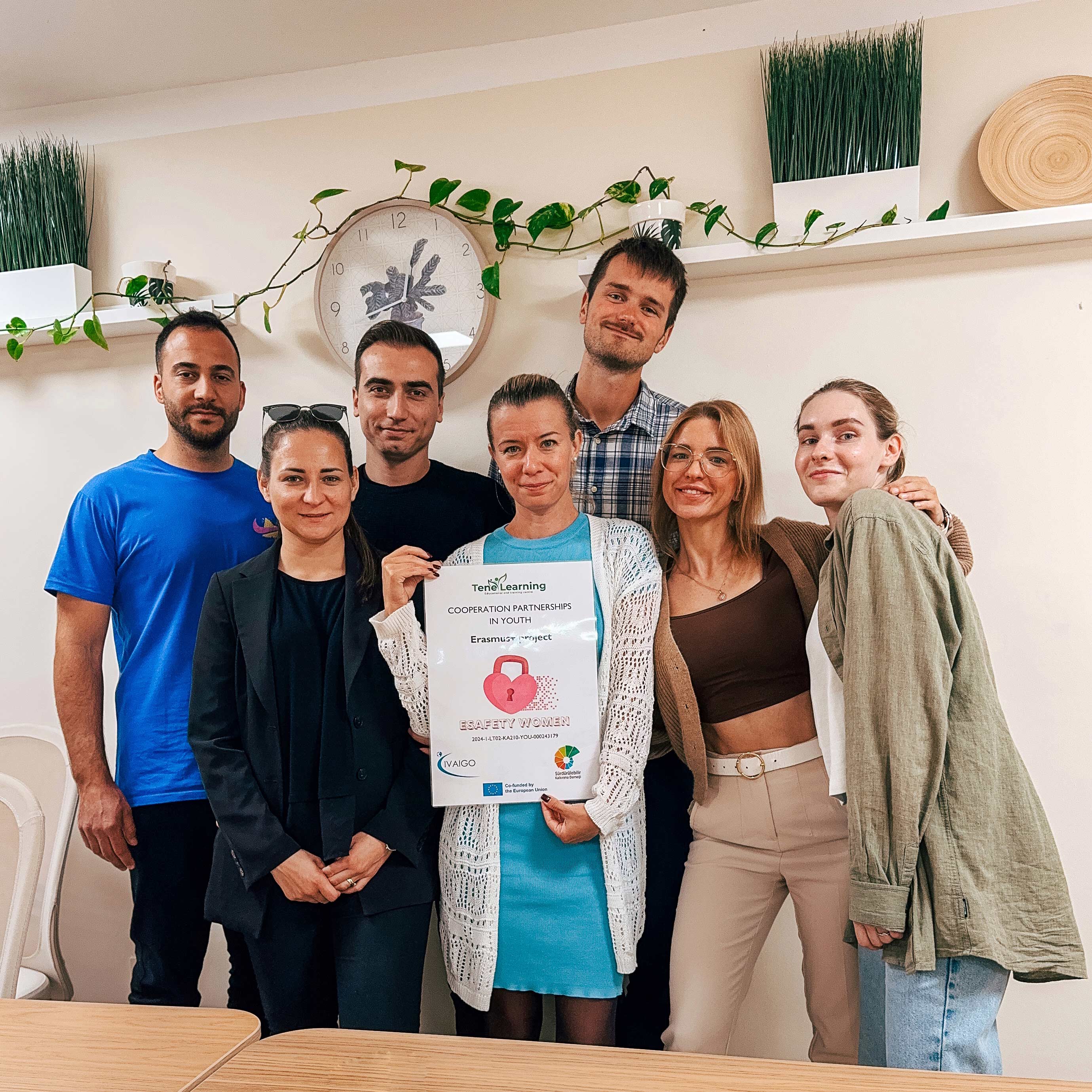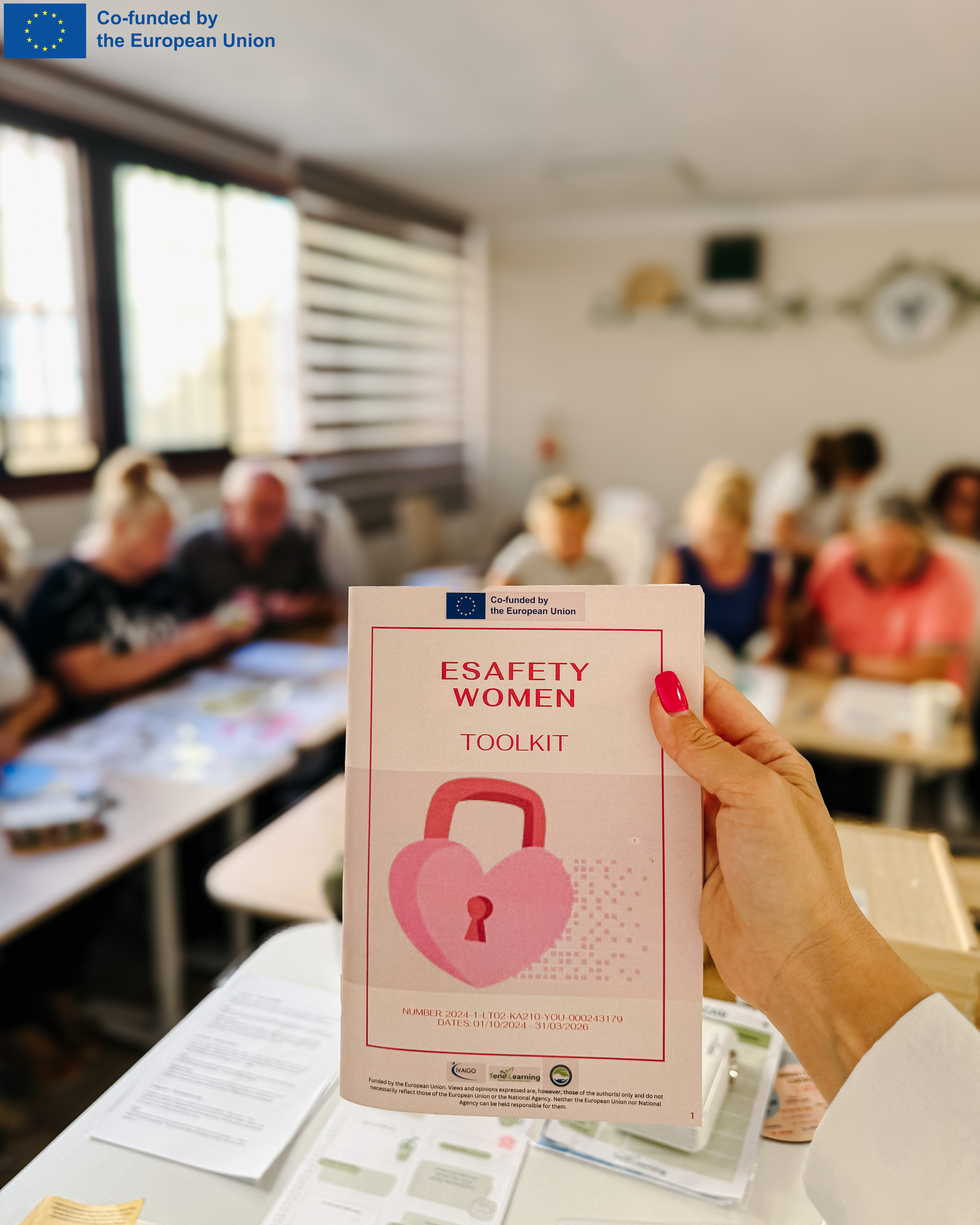In today’s connected world, digital spaces are central to how we communicate, learn, and express ourselves. The internet offers young women valuable opportunities for connection and growth — but also exposes them to serious risks. Harassment, surveillance, exploitation, and exclusion are everyday experiences for many, especially those from disadvantaged backgrounds.
One of the most concerning issues is Online Gender-Based Violence (OGBV) — including unsolicited explicit messages, coordinated harassment, non-consensual image sharing, and deepfakes. Often invisible to outsiders, OGBV can deeply impact those targeted. Its normalization — too often brushed off as "just part of being online" — makes it even more harmful.
But it doesn’t have to be this way.
RECOGNIZING THE RISKS — AND THE GAPS IN EDUCATION
Despite growing awareness of OGBV, many young women lack access to the information and support they need to safely navigate digital environments. In many cases, they’re left to face online threats alone — without knowing what constitutes harmful behavior or how to respond to it.
Online safety is often framed in technical terms — passwords, privacy settings, firewalls — rather than as part of a broader social and gendered context. This narrow approach can overlook the lived realities of those most affected by digital risks.
UNDERSTANDING OGBV AS A SOCIETAL ISSUE
Online abuse rarely exists in isolation. It often reflects broader inequalities that young women already face in their offline lives — at school, at work, and in public spaces. The effects of OGBV can go far beyond the screen, influencing mental health, self-confidence, and the ability to speak out or participate online.
In some cases, the harm is indirect. Witnessing online abuse — even when not personally targeted — can cause young women to withdraw from online spaces or avoid expressing themselves. According to our findings, many remain unsure whether what they experience even qualifies as violence. This confusion shows how deeply normalized such behavior has become.
A COLLABORATIVE STEP TOWARD DIGITAL EMPOWERMENT
The eSAFETY WOMEN Erasmus project (№2024-1-LT02-KA210-YOU-000243179) was developed in response to these challenges. Organizations from Lithuania (IVAIGO), Türkiye (Kuşadası Sürdürülebilir Kalkınma Derneği), and Spain (TeneLearning) came together to design practical educational tools tailored to young women. A key outcome of the project is the Digital eSafety Toolkit that supports youth workers, educators, and community leaders in addressing topics such as online safety, digital rights, and gender-based violence.
Project partners recently met in Tenerife to evaluate the results, exchange good practices, and plan how to share the Toolkit more widely across our communities. The meeting helped reinforce our shared goal: making online spaces more respectful, inclusive, and safe for all.

ESAFETY WOMEN TOOLKIT
One of the key principles of the eSAFETY WOMEN Toolkit is naming the problem. Using real-world scenarios, key definitions, and thought-provoking activities, the Toolkit helps learners identify and reflect on forms of OGBV, such as cyberstalking, online shaming, and image-based abuse. Just as importantly, it encourages users to think critically about the online norms they encounter — and how they might contribute to creating safer and more inclusive digital environments.
We invite you to explore the full eSAFETY WOMEN Toolkit, available here. It is free to use, adaptable for various educational settings, and based on real experiences of young women across Europe.






